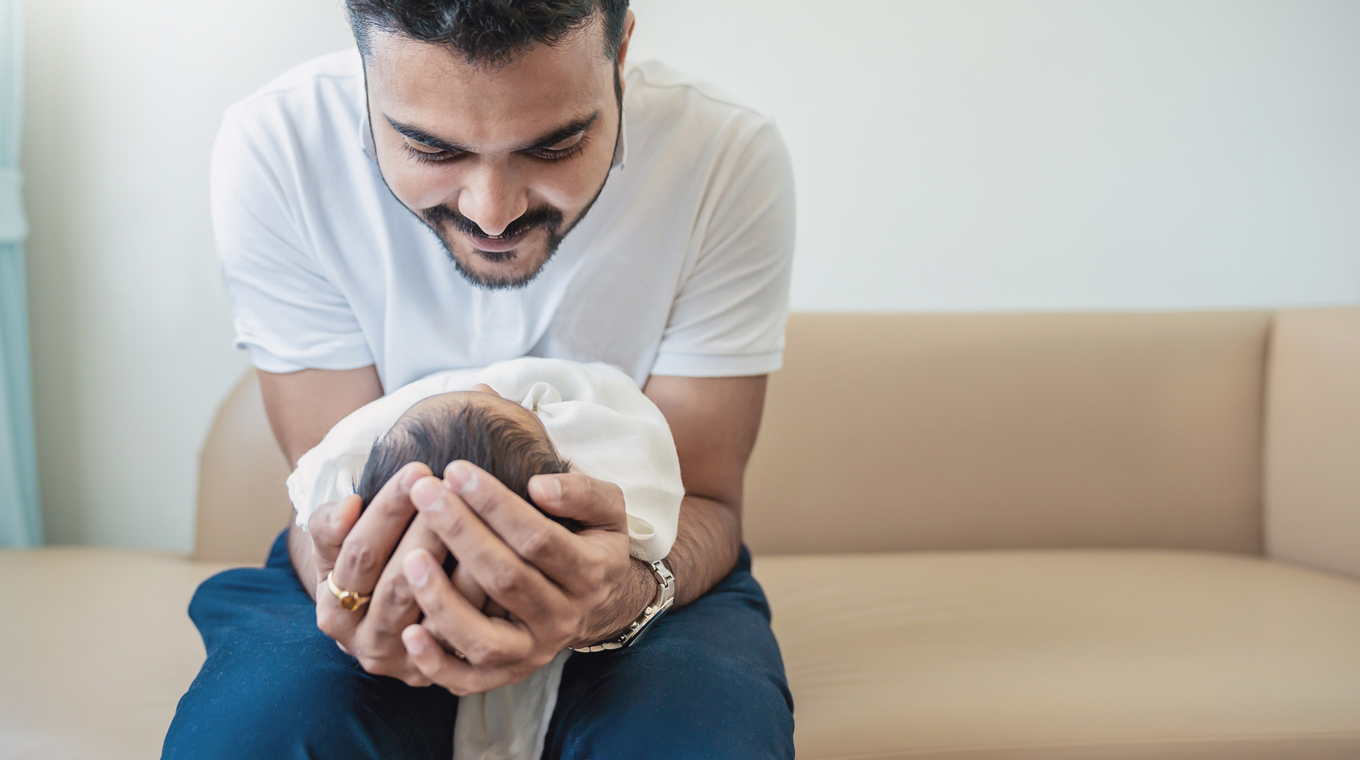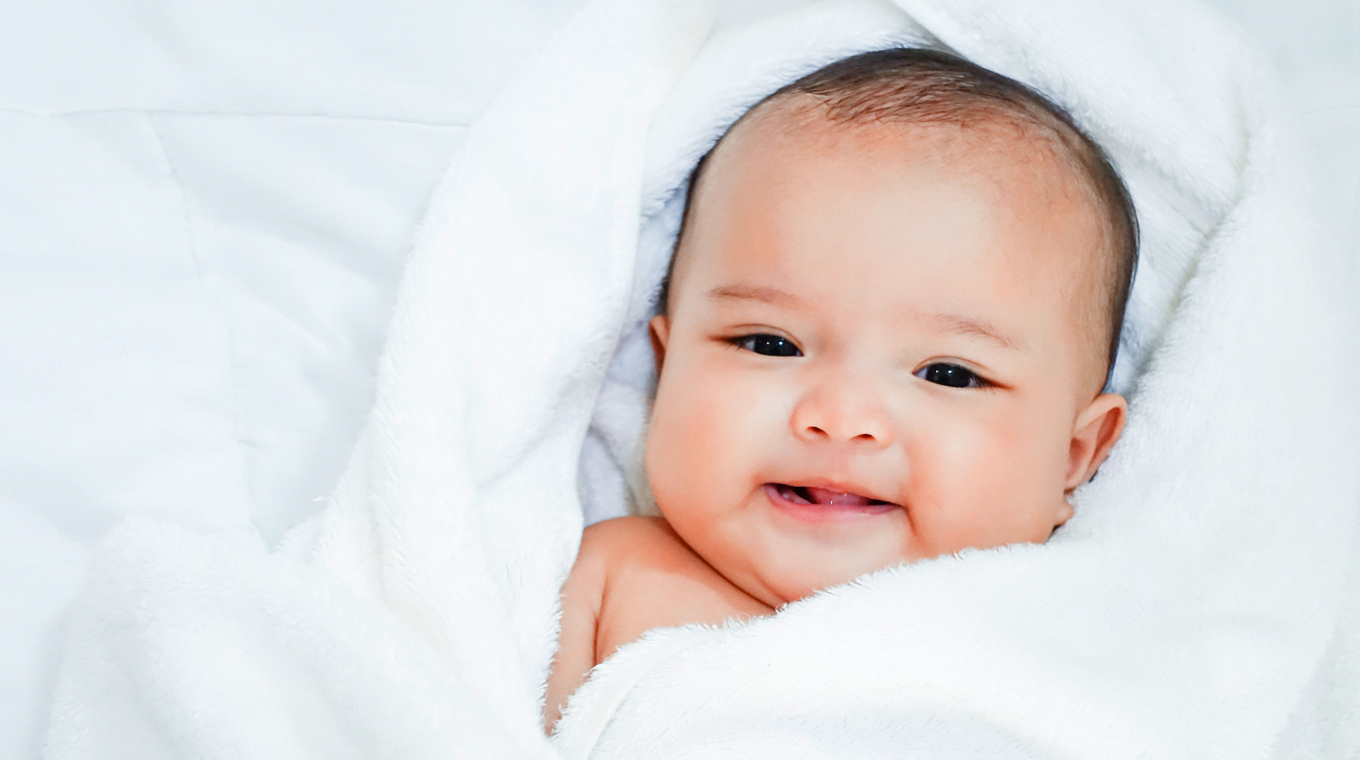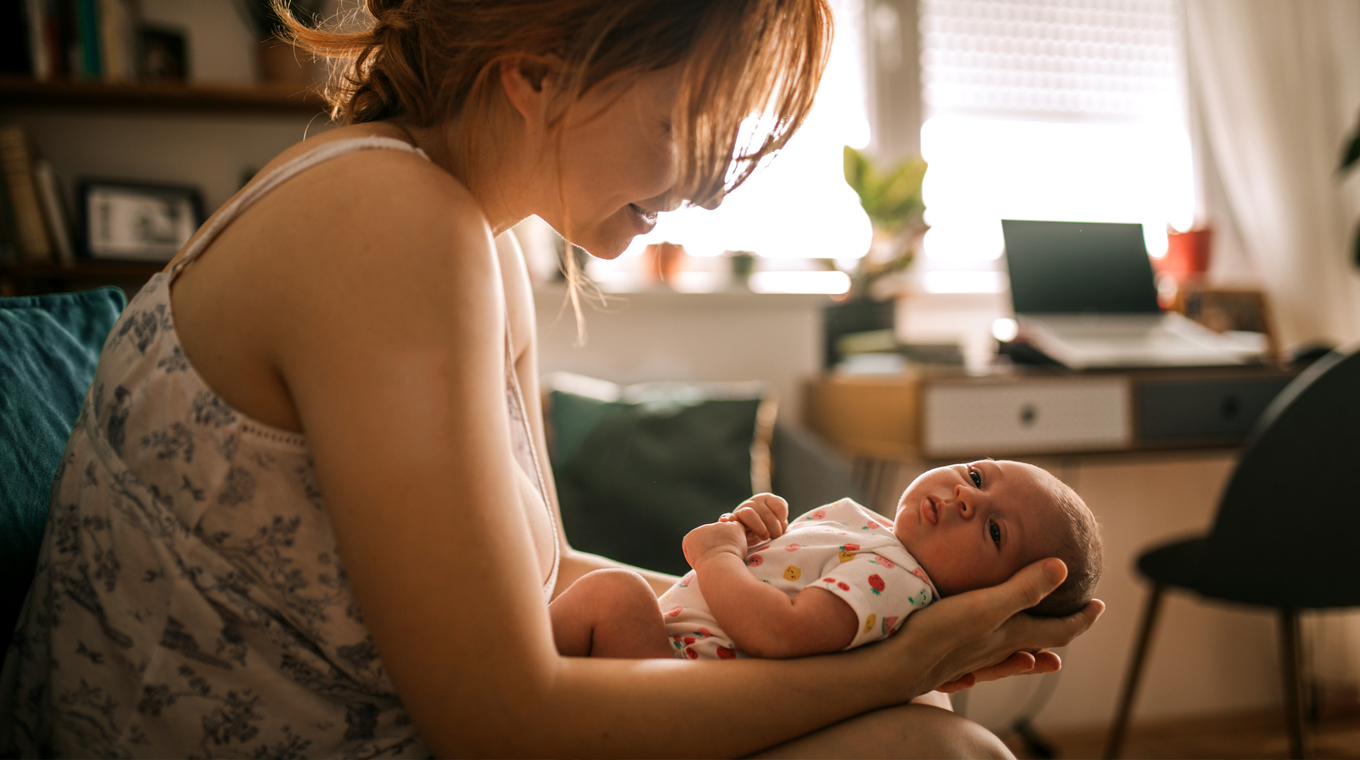
In this article
As a parent, bringing your baby home for the first time can have you filled with a variety of emotions. You may feel a mix of jubilance and anxiety over this amazing tiny human entrusted into your care. With everything that comes with having a new baby in the home, navigating your baby’s feelings and needs can seem daunting. The notion of infant emotions is a complicated one. Learn how to know what your baby is trying to tell you and what your baby’s emotions might mean.
Emotional and social development in infants

Typically your baby’s smiles and coos are a result of neurological activity. Your infant won’t feel emotions in the same way adults do but rather as a result of external stimuli. A baby will see a familiar face and smile. They may cry or get angry as a result of something happening to them like being hungry or having a wet diaper. A baby will react to the attention they receive, with a smile or laugh. The ability, however, to experience true emotions as an adult would is rooted in physical and cognitive development. Babies have not had the life experiences that feeling emotions require.
If you’ve ever wondered whether or not your baby can sense your own emotions, you may be surprised to know that yes, your baby can tune in to how you’re feeling. According to research from the University of Cambridge, mothers, and babies brain waves tend to synchronize.
Dr. Vicky Leong, of the University of Cambridge’s Department of Psychology, led a research study that discovered this connection. “From our previous work, we know that when the neural connection between mothers and babies is strong, babies are more receptive and ready to learn from their mothers,” Leong said in a news release announcing the study.
“At this stage of life, the baby brain has the ability to change significantly, and these changes are driven by the baby’s experiences,” Leong continued. “By using a positive emotional tone during social interactions, parents can connect better with their infants, and stimulate development of their baby’s mental capacity.”
Understanding your baby's emotions

Practicing Attachment Parenting (AP) is one way some parents choose to relate to and learn to understand their infants’ emotions. According to research by Attachment Parenting International (API), a clingy baby or one who cries and roots is a baby’s early ingrained technique to keep a caregiver nearby. The API website states that “As the child grows and feels more secure in her relationship with her mother, she is better able to explore the world around her and to develop strong, healthy bonds with other important people in her life.”
“Many people joke that they wished their baby came with a manual. Your baby is the manual. You soon realize they tell you exactly what they need with a tiny clenched fist (I’m hungry!) or just turning their face away (I don’t like that!),” Tina Harvey, a mom of two, explained to Mom.com.
Research around emotional expressions of infants and young children seems to support picking up on facial expressions and reactions as cues to understanding your baby’s emotions. The Institute for the Study of Child Development at UMDNJ-Robert Wood Johnson Medical School summarized in an extensive study, that, “Crying, vocalizing, and bodily movements combine with facial expression to provide cues to an infant’s status.”
Baby's emotional development milestones by month

Infant emotions and milestones by month
Babies up to 3 months old likely won’t care who is holding, carrying or rocking them. It’s not until your child is around 5 months old that they begin to exhibit anxiety around strangers. They may cry when a visiting relative they’ve never met before. tries to hold them. They may also reach for mom or dad when around new people.
Your newborn will begin smiling at around 3 months old. A 4-month-old will also be able to recognize the varying emotions of others around them. They’ll soon mimic the expressions and emotions of others at 6 months.
There’s often a period of intense rollercoaster emotions for babies up to a year old. They may seem happy one minute and frustrated or upset the next. It is also at this time where your baby may begin to recognize their feelings. They’ll start to connect the dots to realize that what is going on in their environment can often trigger feelings.
Understanding your toddlers’ emotions
As your child approaches 24 months, they’ve begun to make progress in terms of handling their emotions and can recognize when they’ve hurt someone’s feelings. While your toddler can empathize, at this stage they’re unable to fully control their emotions.
Parents can support social and emotional development in infants and toddlers by helping them to recognize and regulate their emotions. Your infant will give cues to their emotions by shifting their gaze or arching their back when unhappy. Understanding the signals your baby gives you takes time at first but it can help parents anticipate potential stress triggers. Often finding a soothing activity like breastfeeding or a quiet activity can help soothe an infant. Older babies may enjoy a calm hands-on activity in a quiet spot to help assuage a potential meltdown.




